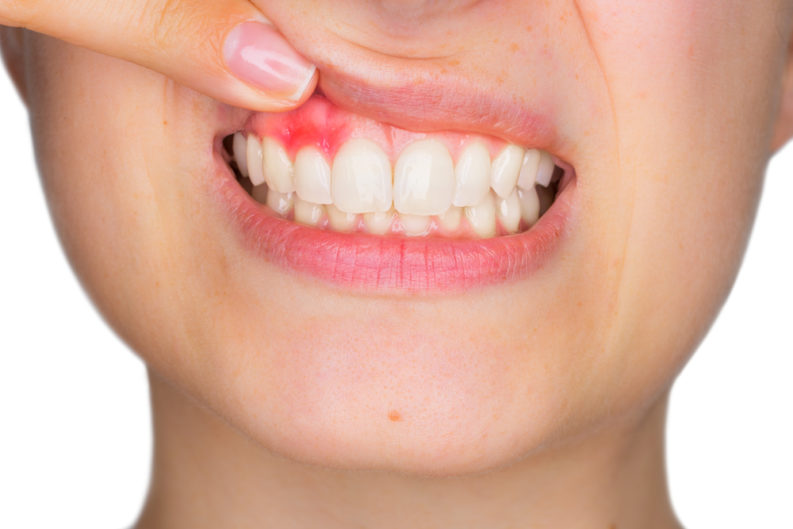
Periodontitis, also known as gum disease, is an infection of the gums, which can cause the gum to lose its support and eventually die if not treated. This can lead to food being trapped in the pocket between your teeth and your gum, leading to bacterial growth and inflammation. Typically, this happens when bacteria spread through a red blood cell as it travels through an artery and is then pumped throughout the body. Periodontitis occurs when the toxins found in plaque begin to irritate or inflame the gingiva (gum tissue).
Some common symptoms include:
A build-up of bacteria in the mouth can occur when the gums produce more mucus than usual. Bacteria can spread from one area of your mouth to another through saliva or when you brush or floss. The bacteria that cause this build-up can be found in the ever-present plaque on your teeth. You are most likely to suffer from periodontitis if you have had problems with teeth in the past, such as gum disease or tooth decay, or if you have a specific oral health problem, such as diabetes or a mouth-breathing disorder.
There are several ways that you can prevent this disease from developing. Check your teeth regularly to make sure there are no signs of decay. This can be done using a dental check-up or visiting a dentist at the Dental office in Austin. It is essential to clean your teeth at least twice a day thoroughly and use toothpaste that has been specially formulated to clean and remove plaque-causing bacteria. Also, avoid smoking, eat a healthy diet, and drink plenty of water or soda water.
Periodontitis is usually treated by a periodontist (a dentist specializing in gums and supporting bone) who may request a professional cleaning by a dental hygienist, administer medications to kill bacteria, or sometimes require surgery to treat gum disease.
Severe periodontitis can be treated by:
Visit us at the Dental office in Austin to schedule an appointment with a periodontist.
Our team is ready to book your appointment. The proper Dental Care can make the difference in years to come. We don't just improve the aesthetics of your smile, we make sure your dental health is set for the long run.
Schedule your visit now